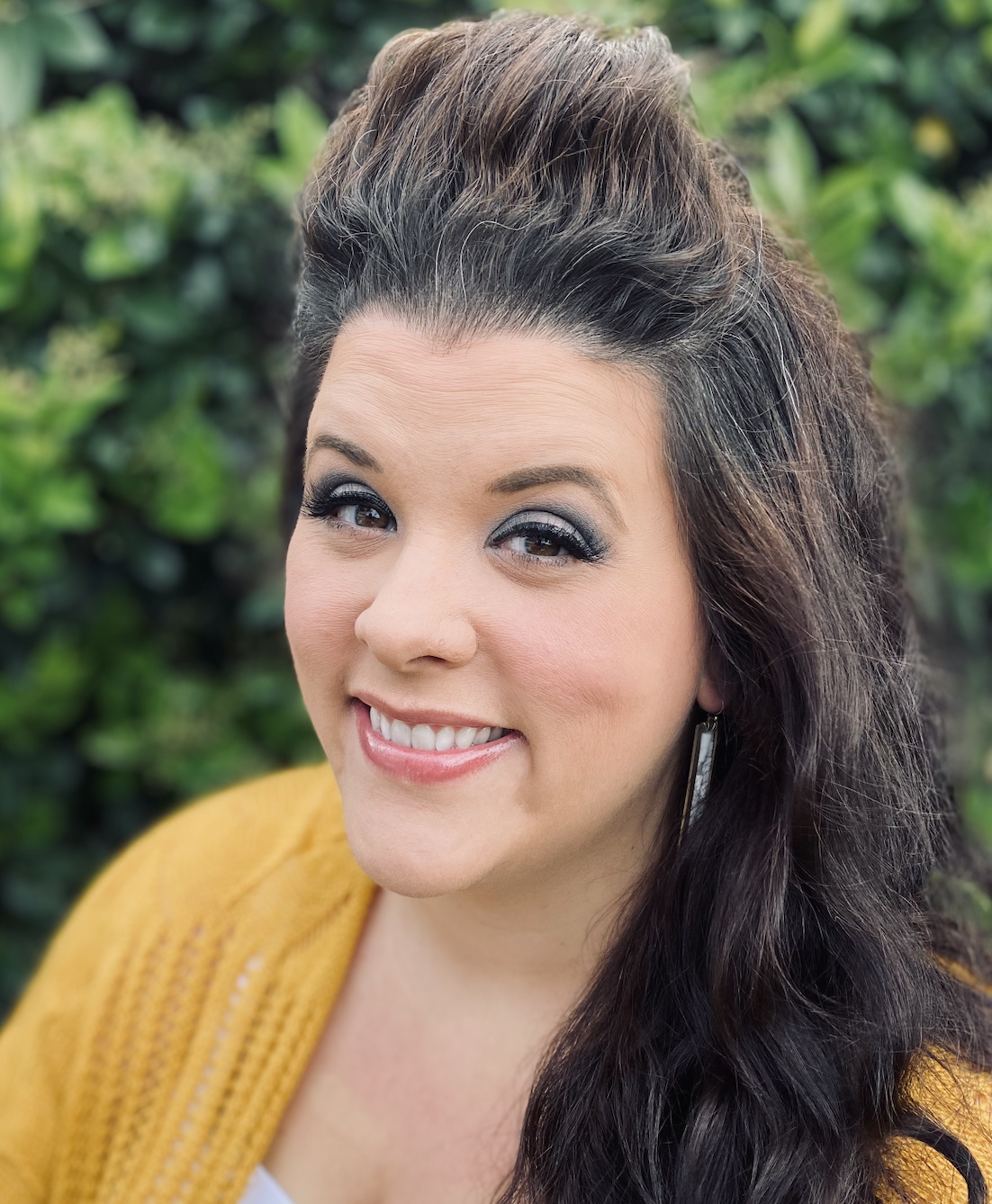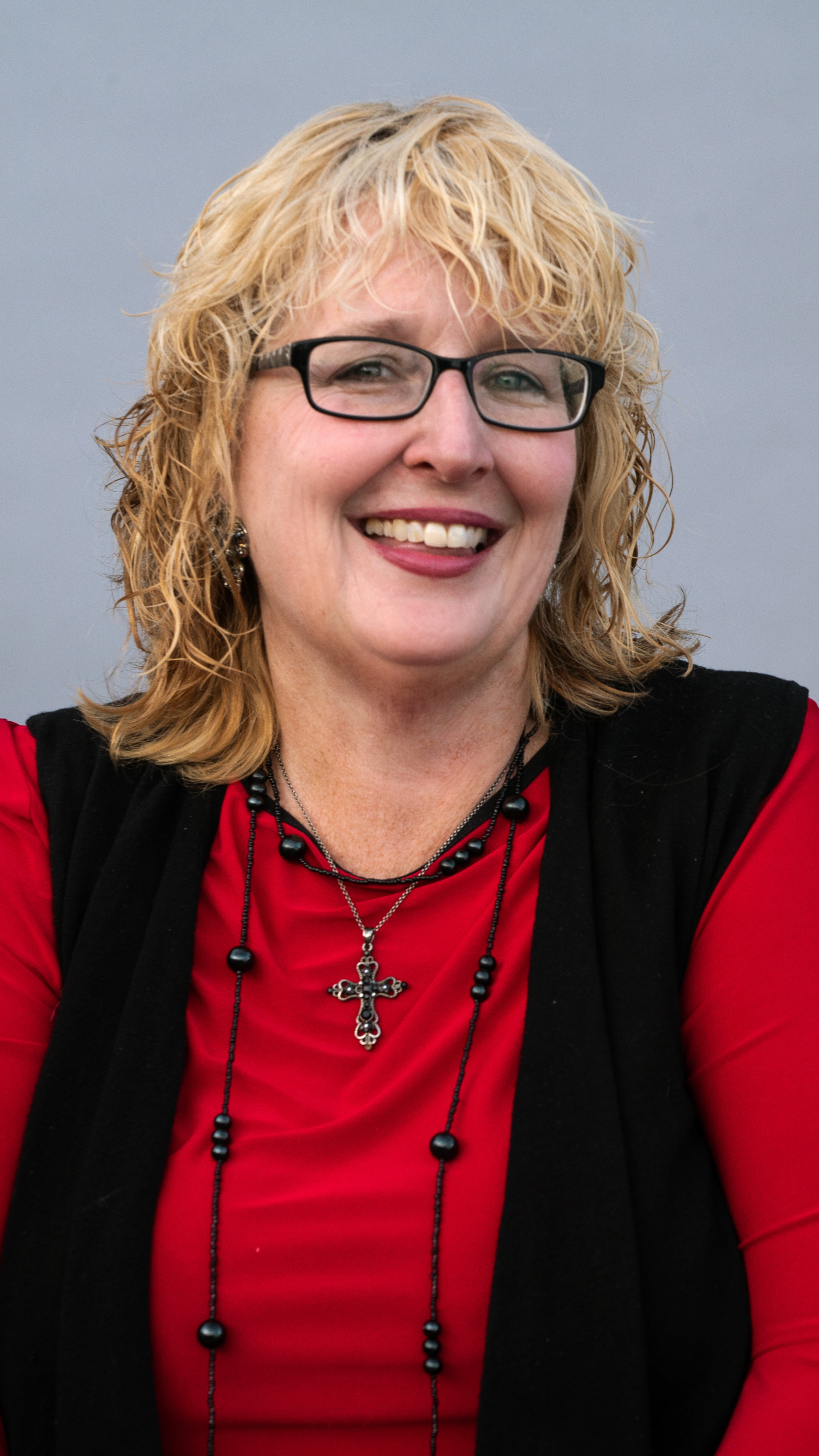Cultivating Creativity and Lifting Student Voices
,
Colorado Convention Center, Bluebird Ballroom 2GH
Presenters


Session description
Purpose & objective
The purpose of this presentation is to present digital storytelling through moviemaking as an engaging instructional strategy that can be used to foster creativity and develop student voices. Attendees will understand how storytelling connects to learning and the impact of stories on the brain. Participants will also learn how to streamline the moviemaking process to be both effective and efficient, particularly in core content area classrooms. They will leave with several moviemaking lesson frames that can be used with any content/grade level. Many student-created movies will be showcased as exemplars and all of them are created by students who are traditionally part of marginalized populations. Attendees will leave with a clear understanding of the capacity moviemaking has as a vehicle to express student mastery of content, as well as a modality to creatively communicate diverse perspectives on a variety of topics.
Outline
**Welcome and presenter introductions; introduction of the backchannel discussion presenters will use to collect audience questions and interact during the session. - 2 minutes
**Description of educational context in which presenters work (i.e. student and community demographics, barriers). Identifying the challenge: Making core content engaging for all students as they build creative fluency and develop their voices. - 5 minutes
**Explanation of the benefits of digital storytelling: building future-ready learners, confident creators, and effective communicators. Basic brain science of storytelling and how it impacts learning. Explanation of the impact of creativity and student voice in the classroom. - 10 minutes
**Presenters will use Mentimeter to poll attendees regarding their perception of barriers that may keep teachers from utilizing digital storytelling (specifically, moviemaking) more frequently in their classrooms. Explanation of the storytelling process and the barriers that generally keep teachers from letting their students tell more stories through the medium of movie-making. - 5 minutes
**Presenters elaborate how movie-making opportunities can be intentionally designed as capstones for learning. This segment will include how to structure lesson arcs for core content areas that address multiple standards, scaffold visual and audio literacy through the use of targeted mini-lessons, and optimize the production process. - 15 minutes
**Showcase several replicable project ideas teachers can use to have their students demonstrate mastery in any content area. Presenters will share project templates, rubrics, and additional resources that attendees can implement immediately. This section includes movie samples created by students. Attendees will participate by adding their own content-based ideas to a collaborative Padlet. - 20 minutes
**Closing, questions from the backchannel, and additional resources - 3 minutes
Supporting research
Pack, J. (2021). Moviemaking in the Classroom: Lifting Student Voices Through Digital Storytelling.
Pack, J. and Terlaje, G. (2023). Storytelling Saves the World on Apple Podcasts. https://podcasts.apple.com/us/podcast/storytelling-saves-the-world/id1480027684.
Bernard, R. (2016, December). The power of digital storytelling to support teaching and learning - ed. https://files.eric.ed.gov/fulltext/EJ1125504.pdf
Gallo, C. (2019). Storytelling to Inspire, Educate, and Engage. American Journal of Health Promotion, 33(3), 469–472. https://doi.org/10.1177/0890117119825525b
Hellerich, K. (2021, September 8). An exercise in digital storytelling. Edutopia. https://www.edutopia.org/article/exercise-digital-storytelling
Peterson, L. (2018, October 17). The Science Behind The Art Of Storytelling. Harvard Business Publishing: Corporate Learning. https://www.harvardbusiness.org/the-science-behind-the-art-of-storytelling/.
Vu, V., Warschauer, M., & Yim, S. (2019). Digital Storytelling: A District Initiative for Academic Literacy Improvement. Journal of Adolescent & Adult Literacy, 63(3), 257-267. https://doi.org/10.1002/jaal.962
Zak, P. J. (2013, December 13). How Stories Change the Brain. Greater Good Magazine. https://greatergood.berkeley.edu/article/item/how_stories_change_brain.
Session specifications
Laptop: Chromebook, Mac, PC
Tablet: Android, iOS, Windows
Creative Communicator
- Students choose the appropriate platforms and tools for meeting the desired objectives of their creation or communication.
- Students create original works or responsibly repurpose or remix digital resources into new creations.
- Students communicate complex ideas clearly and effectively by creating or using a variety of digital objects such as visualizations, models or simulations.
 Return
Return Participate and share: Interactive session
Participate and share: Interactive session  Trips and Tours
Trips and Tours Recorded Session
Recorded Session